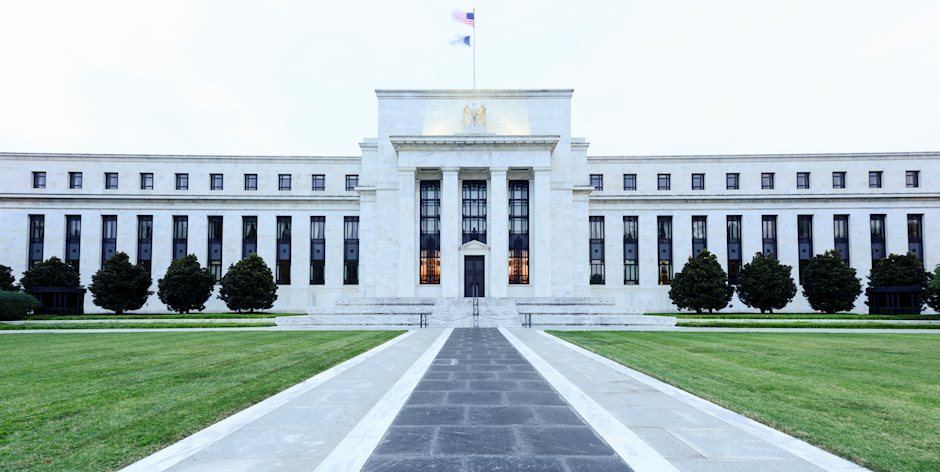Fed review: A cautious 25bp hike
-
Fed hiked by 25bp in line with our expectations, but sent a dovish signal by emphasizing that Fed is ready to pause if credit conditions tighten markedly.
-
We stick to our call for a final 25bp hike in May. We expect the Fed to maintain the policy rate at 5.00-5.25% through 2023.
-
EUR/USD jumped to around 1.09 - the highest level since beginning of February.

The Fed's decision to hike rates by 25bp was widely anticipated by both the markets and economists ahead of the meeting. In line with our expectations, Fed made no changes to its QT, and the median 'dot' continued to signal Fed Funds Rate at 5.00-5.25% through 2023.
In the statement, Fed highlighted that 'Recent developments are likely to result in tighter credit conditions for households and businesses and to weigh on economic activity, hiring, and inflation'. Furthermore, the forecast for 'ongoing increases' in the policy rate was changed to 'some additional policy firming may be appropriate'.
The dovish wording suggests Fed wanted more room to react to the downside risks. Bond yields declined modestly and broad USD weakened, and all together financial conditions eased slightly to compensate for the perceived risk of tightening credit conditions.
For now, we remain cautiously optimistic that the banking sector's difficulties remain relatively contained. The real money gap remains positive, and a temporary pause to the monetary policy tightening would simply prolong resolving the inflation issue, in our view. As real money balance declines, bank deposits will fall as well. While from historical perspective it is unusual to see bank deposits outright declining, it is not an unwanted consequence of Fed's tightening, but rather a part of the solution to the inflation problem.
US banks' liquidity buffers relative to deposits remain healthy relative to pre-covid levels, also for small banks. The early data on the active use of Fed's emergency lending facilities suggests, that Fed's support is effectively shielding banks from liquidity problems.
The main uncertainty relates to the lack of timely data on how bank lending has reacted to the ongoing volatility. The most recent data covering the week leading up to the collapse of SVB suggests, that bank credit growth had remained strong in early March.
Broader market-based financial conditions indicators have not tightened markedly, especially after risk markets have recovered over the recent days. We will keep a close eye out for the incoming macro and bank lending data over the next weeks. Some early soft indicators, such as the Univ. of Michigan sentiment survey, did point to downside risks.
For now, we remain confident in our view that Fed will hike rates for the final time in May, and only cuts rates in Q1 2024. Market prices 50% probability for the May hike. Fed's median rate projection for 2024 rose to 4.3% (from 4.1%), underlining that hard data does not support early turn towards easing monetary policy. We also still see EUR/USD moving lower to 1.02 in 6M horizon. Relative rates have favoured EUR after the more hawkish ECB last week, but a prolonged rally in EUR/USD could support a renewed uptick in commodity prices and inflation expectations, and thus hinder a return to 2% inflation.
Author

Danske Research Team
Danske Bank A/S
Research is part of Danske Bank Markets and operate as Danske Bank's research department. The department monitors financial markets and economic trends of relevance to Danske Bank Markets and its clients.

















